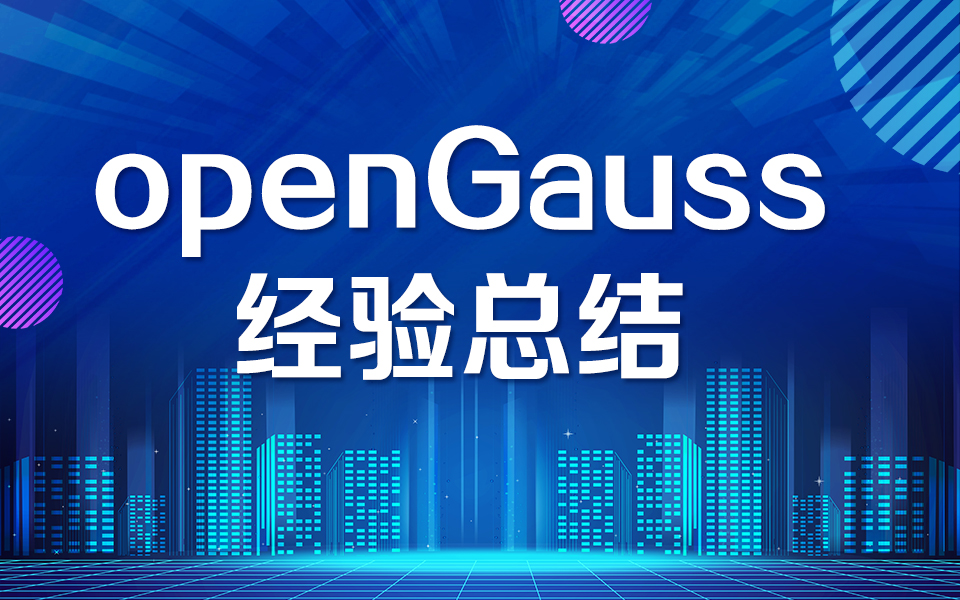FeignClient设置动态Url
SpringCloudOpenFeign 动态Url1. 需求描述2. 实现方案3. 细节分析1. 需求描述一般情况下,微服务内部调用都是通过注册中心,eureka,zookeeper,nacos等实现动态调用,但是对于一些外部http调用,对于不在同一微服务内,不在同一注册中心的服务调用,可以考虑SpringCloudOpenFeign,而且可以实现动态URL,通过参数动态控制。2. 实现方案服
1. 需求描述
一般情况下,微服务内部调用都是通过注册中心,eureka,zookeeper,nacos等实现动态调用,但是对于一些外部http调用,对于不在同一微服务内,不在同一注册中心的服务调用,可以考虑SpringCloudOpenFeign,而且可以实现动态URL,通过参数动态控制。
2. 实现方案
服务端正常springboot项目,也不一定是springboot项目,只要正常提供RESTFul接口就可以,本次测试以springboot为例。主要是客户端调用。
1.服务端:
/**
* (Category)控制层
*
* @author makejava
* @since 2021-06-03 07:20:41
*/
@RestController
@RequestMapping("/category")
public class CategoryController {
/**
* 服务对象
*/
@Resource
private CategoryService categoryService;
/**
* 测试服务
*/
@GetMapping("/test")
public Response test() {
return Response.createSuccessResponse("查询成功", "我是测试服务");
}
}
2.客户端
maven依赖
<dependency>
<groupId>org.springframework.cloud</groupId>
<artifactId>spring-cloud-starter-openfeign</artifactId>
</dependency>
客户端代码
/**
* 测试
* @author zrj
* @since 2021-07-25
*/
@Api(value = "微盟鉴权测试")
@RestController
@RequestMapping("/weimob")
public class ActivityController {
@Resource
private CategoryService categoryService;
@GetMapping("/test")
@ApiOperation(value = "微盟获取Code")
public Response test() throws URISyntaxException {
System.out.println("-----测试-----");
URI uri = new URI("http://localhost:8080/category/test");
Response response = categoryService.test(uri);
return Response.createSuccessResponse("查询成功", response);
}
}
调用接口
/**
* 测试接口Openfeign
* @author zrj
* @since 2021/7/25
**/
@Service("WeimobAuthorize")
@FeignClient(url = "http://localhost:8080/category", name = "CategoryService")
public interface CategoryService {
@GetMapping
Response test(URI uri);
}
3. 细节分析
1.接口使用SpringMVC注解
接口方法的定义使用了SpringMVC的注解 @GetMapping、@RequestParam,其实SpringMVC的其他注解在此处都是支持的。(有其他文章提到也支持OpenFeign原有的注解@RequestLine、@Param等,但博主实测是不支持的,相关解析类为 feign.Contract,这个存疑)。
2.springcloud openfeign自动构建实现类
在使用方式上,OpenFeign需要手动构建代理对象,Spring Cloud OpenFeign 不同于 OpenFeign, Spring Cloud OpenFeign 帮我们自动生成了接口的代理对象(即实现类),并且注册到Spring中,我们可以很方便的使用 @Autowired 注入代理对象然后使用。其默认的代理对象是 LoadBalancerFeignClient。还有一个代理对象是 feign.Client.Default。两者区别在于:LoadBalancerFeignClient 通过服务名(下文提到)从Eureka查找相关的节点地址url,发起调用。feign.Client.Default 仅是简单的直接调用。
3.FeignClient属性name与URL一定要指定
@FeignClient(url = “http://localhost:8080/category”, name = “CategoryService”)
name 属性,是@FeignClient 注解必要的,不定义时会报错其默认指代Eureka上的服务名。
url 属性,一定要指定,这是重点了! url属性指定什么值其实不重要,因为最终都会被方法的URI参数值替换掉,它在这里另一个重要的作用,就是将接口的代理对象变成feign.Client.Default(上文提到默认是LoadBalancerFeignClient),这样就绕过了从Eureka取节点地址这一步,毕竟第三方的地址不可能注册到我们的Eureka上。(相关细节可自行debug FeignClientFactoryBean.getTarget())
更多推荐
 已为社区贡献10条内容
已为社区贡献10条内容









所有评论(0)